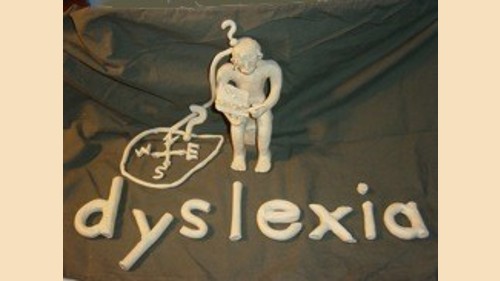E-Books? Study shows dyslexic comprehension better with printed books.
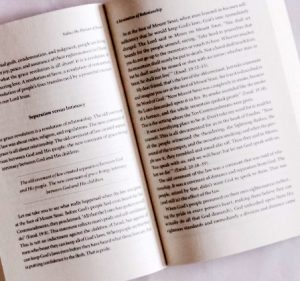
A new study shows that dyslexic university students who are capable readers have better reading comprehension of longer texts when reading from a printed book. In fact, when compared to a control group of non-dyslexic students, the dyslexic students had superior performance on several measures with the printed format.
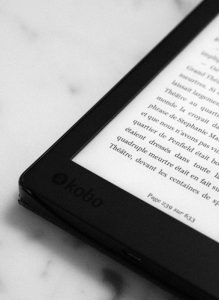
Researchers wanted to determine the impact of the e-reader format (in this case, an Amazon Kindle Paperwhite) on comprehension and recall of information from longer texts. They compared the performance of two matched groups of 30 students after reading a 13 or 14 page-long story, once in paper-book format, and on a separate occasion with a different story using the ebook. At the conclusion of each reading, each participant was orally asked a series of questions to test four types of recall: literal comprehension; inferential comprehension (matters that were not directly stated in the text, but would be inferred from the story); recall of the sequence of events (“when in the story”); and recall of the portion of text where particular events were described (“where in the text”).
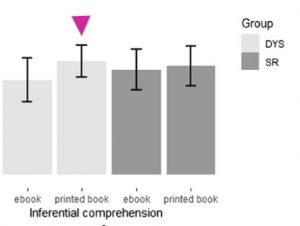
The results showed that use of the e-reader hindered comprehension for the dyslexic students. The dyslexic students consistently performed better on all measures when they had read the print version of the story. For the literal comprehension questions, the non-dyslexic students performed consistently better than the dyslexic students in both formats.
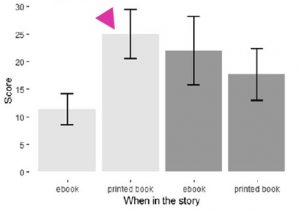
However, for the other three measures, the dyslexic students performed better than the non-dyslexic students when reading the print-format stories, but worse than the non-dyslexic group when reading the ebook. This difference was particularly notable for the “when in the story” sequencing task.
The researchers theorized that the difference in comprehension is tied to the tactile-kinesthetic experience associated with the book reading, such as the movements in turning pages and the feel of the weight of the book.
It is important to keep in mind that the dyslexic readers in this study were university students who were capable readers with strong comprehension skills, despite childhood reading struggles and persistent phonological weaknesses. Ebooks offer an array of features that can ease the reading process, including text-to-speech capabilities, and the ability to adjust the size and types of fonts, and level of brightness. For dyslexic students who have continuing difficulties with the mechanical aspects of reading such as decoding, the benefits of the ebooks may still outweigh whatever impact the format has on comprehension. Additionally, this study does not provide any information concerning understanding of shorter-form texts such as emails or short articles. It is quite possible that these effects only become apparent or significant for as the length of the text is increased.
However, this research does suggest that dyslexic students might do well to consider choosing a printed book format for longer and more complex reading assignments, especially those for which retention of sequence would be important (such as a reading assignment for a history class). Educators working with younger dyslexic students might also want to keep these findings in mind, and avoid encouraging over-reliance on e-devices as basic reading skills improve.
Citation:
Cavalli, Eddy; Colé, Pascale; Brèthes, Hélène, et al. E-book reading hinders aspects of long-text comprehension for adults with dyslexia. Annals of Dyslexia . First Online: 16 July 2019 | DOI: 10.1007/s11881-019-00182-w



